Table of content
Lily bulbs, known as Lilium lancifolium or Lilium brownii, are a culinary treasure cherished across Asia for their delicate flavor, tender texture, and impressive health benefits. Though often overlooked in Western kitchens, these versatile ingredients can transform ordinary dishes into gourmet experiences when prepared correctly. This article explores the nuances of selecting, cleaning, and cooking lily bulbs to perfection, ensuring every bite balances earthy sweetness with a satisfying crunch. Whether you’re a seasoned home cook or a curious novice, mastering the art of cooking lily bulbs will open doors to a world of unique, nutrient-rich meals.

Understanding Lily Bulbs: Varieties and Selection
Before diving into cooking techniques, it’s essential to grasp the basics of lily bulb varieties. Fresh lily bulbs, often sold in Asian markets, have a crisp, starchy interior and a mild, slightly bitter taste. Dried lily bulbs, commonly used in soups and stews, undergo a process that intensifies their sweetness and softens their texture. When selecting fresh bulbs, look for firm, unblemished specimens with tight, pale layers. Avoid those with soft spots or discoloration, as these indicate spoilage. Dried lily bulbs should be plump, golden-brown, and free of excessive dust or debris.
Preparation: Cleaning and Trimming
Proper preparation is the foundation of delicious lily bulbs. Begin by peeling off the outer layers of fresh bulbs, which can be tough or fibrous. Use a small paring knife to trim the roots and any brown edges. Slice the bulb lengthwise into thin strips or halve it for larger pieces. For dried lily bulbs, soak them in warm water for 20–30 minutes until rehydrated. Rinse thoroughly to remove residual sand or grit. Some recipes call for blanching fresh lily bulbs in boiling water for 1–2 minutes to mellow their bitterness—a step worth considering if you prefer a milder flavor.
Cooking Techniques: From Stir-Fries to Soups
Stir-Frying: Crisp Perfection
Stir-frying is one of the most popular methods for cooking lily bulbs, as it preserves their texture while infusing them with aromatic flavors. Heat a wok or skillet over high heat, add a neutral oil like peanut or vegetable oil, and toss in minced garlic and ginger. Add thinly sliced lily bulbs, along with vegetables like bell peppers, carrots, or snap peas. Stir-fry for 3–4 minutes until the bulbs are tender yet crisp. Finish with a splash of soy sauce, a drizzle of sesame oil, and a pinch of sugar to balance the flavors. For a heartier dish, add protein such as shrimp, chicken, or tofu during the last minute of cooking.
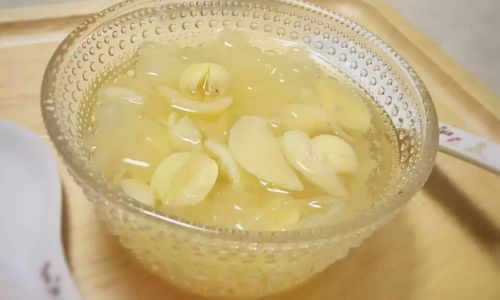
Steaming: Delicate and Nutrient-Rich
Steaming lily bulbs retains their natural sweetness and nutrients. Place sliced bulbs in a steamer basket over boiling water and cook for 5–7 minutes until tender. Serve as a side dish with a simple dressing of rice vinegar, toasted sesame seeds, and a sprinkle of chili flakes. Alternatively, stuff steamed lily bulbs with a mixture of ground pork, mushrooms, and wood ear fungus for an elegant appetizer.
Braising: Depth and Complexity
Braising transforms lily bulbs into a rich, comforting dish. In a saucepan, sauté aromatics like shallots and star anise in oil until fragrant. Add sliced lily bulbs, chicken or vegetable broth, and a splash of Shaoxing wine. Simmer gently for 15–20 minutes until the bulbs absorb the braising liquid. Finish with a touch of oyster sauce and a garnish of chopped cilantro. This method pairs beautifully with rice or noodles.
Soups and Stews: Hearty Elegance
Dried lily bulbs excel in soups, where they absorb flavors while adding a subtle sweetness. In a classic Chinese hot pot, add rehydrated lily bulbs to simmering broth along with mushrooms, bamboo shoots, and thinly sliced meats. For a lighter option, blend cooked lily bulbs into a creamy soup with coconut milk and lemongrass, or toss them into a miso-based broth with tofu and seaweed.
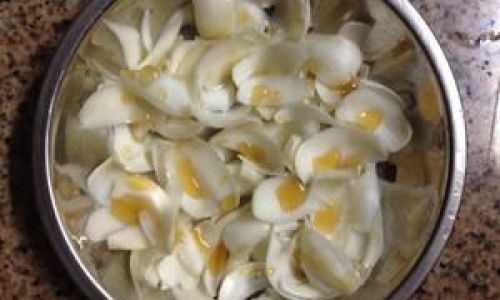
Roasting: Caramelized Goodness
Roasting lily bulbs intensifies their natural sugars, creating a caramelized exterior. Toss sliced bulbs with olive oil, salt, and pepper, then roast on a baking sheet at 400°F (200°C) for 15–20 minutes until golden. Serve as a crispy side dish or toss into salads with arugula, toasted almonds, and a lemon vinaigrette.
Flavor Pairings: Elevating Lily Bulbs
Lily bulbs’ mild flavor makes them a canvas for bold seasonings. Pair them with umami-rich ingredients like soy sauce, mushrooms, or fermented black beans. Citrus zest, fresh herbs (such as basil or mint), and a touch of honey can brighten their earthiness. For spice lovers, a dash of Sichuan peppercorn or a sprinkle of red pepper flakes adds complexity. Experiment with complementary textures too—crunchy water chestnuts, chewy rice cakes, or silken tofu create harmonious contrasts.
Common Pitfalls and How to Avoid Them
- Overcooking: Lily bulbs turn mushy if cooked too long. Stir-fry or steam them just until tender-crisp.
- Under-Seasoning: Their mild taste requires adequate seasoning. Don’t shy away from salt, soy sauce, or aromatic herbs.
- Skipping Soaking (Dried Bulbs): Dried lily bulbs need rehydration to soften. Soak them thoroughly to avoid a chewy texture.
- Ignoring Bitterness: If the bitterness bothers you, blanch fresh bulbs briefly before cooking.
Health Benefits: More Than Just Flavor
Lily bulbs are a nutritional powerhouse. Rich in vitamins B and C, potassium, and dietary fiber, they support immune function, digestion, and heart health. Traditional Chinese medicine also praises them for their cooling properties, often using them to alleviate coughs or soothe irritability.
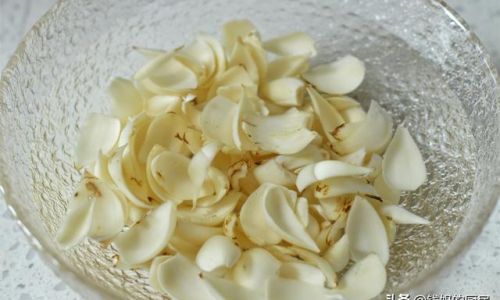
Creative Recipes to Try
Lily Bulb and Chicken Stir-Fry
- Ingredients: 200g chicken breast (sliced), 1 cup sliced lily bulbs, 1 red bell pepper (julienned), 2 garlic cloves (minced), 1 tbsp soy sauce, 1 tsp cornstarch, 1 tbsp oil.
- Instructions: Marinate chicken in soy sauce and cornstarch. Stir-fry garlic until fragrant, add chicken, and cook until browned. Toss in lily bulbs and bell peppers; stir-fry until tender. Serve with steamed rice.
Braised Lily Bulbs with Mushrooms
- Ingredients: 1 cup rehydrated lily bulbs, 1 cup shiitake mushrooms (sliced), 1 cup vegetable broth, 1 tbsp oyster sauce, 1 tsp sugar, 1 tsp sesame oil.
- Instructions: Sauté mushrooms until golden. Add lily bulbs, broth, oyster sauce, and sugar. Simmer 10 minutes. Drizzle with sesame oil before serving.
Lily Bulb and Coconut Soup
- Ingredients: 1 cup lily bulbs (fresh or dried), 1 can coconut milk, 1 tbsp red curry paste, 1 cup chicken broth, 1 lime (juiced), cilantro for garnish.
- Instructions: Simmer curry paste in oil for 2 minutes. Add broth, coconut milk, and lily bulbs; simmer 15 minutes. Stir in lime juice and garnish with cilantro.
Conclusion: A Culinary Adventure Awaits
Cooking lily bulbs is an exercise in balance—honoring their subtle flavor while elevating them with complementary ingredients. Whether stir-fried, steamed, or braised, these gems reward patience and creativity. Experiment with global flavors, from Mediterranean herbs to Thai spices, and discover how lily bulbs can become a star ingredient in your kitchen. With practice, you’ll master the art of turning this humble bulb into a dish that delights the senses and nourishes the body. So, grab your wok, sharpen your knife, and let the journey begin!
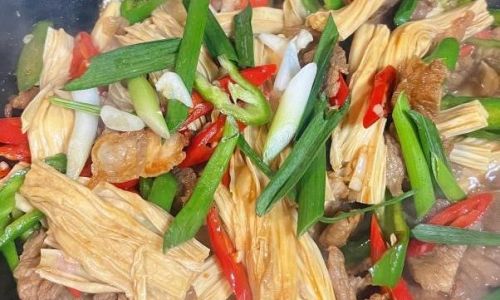
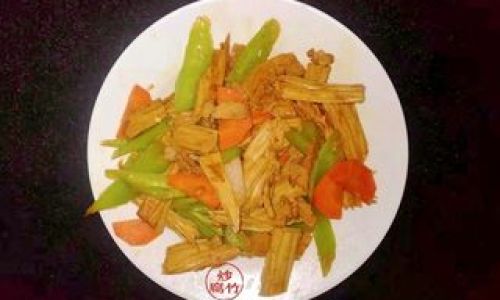
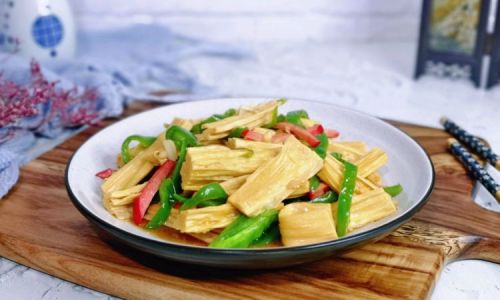

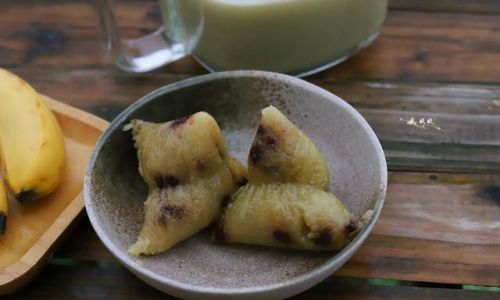
0 comments